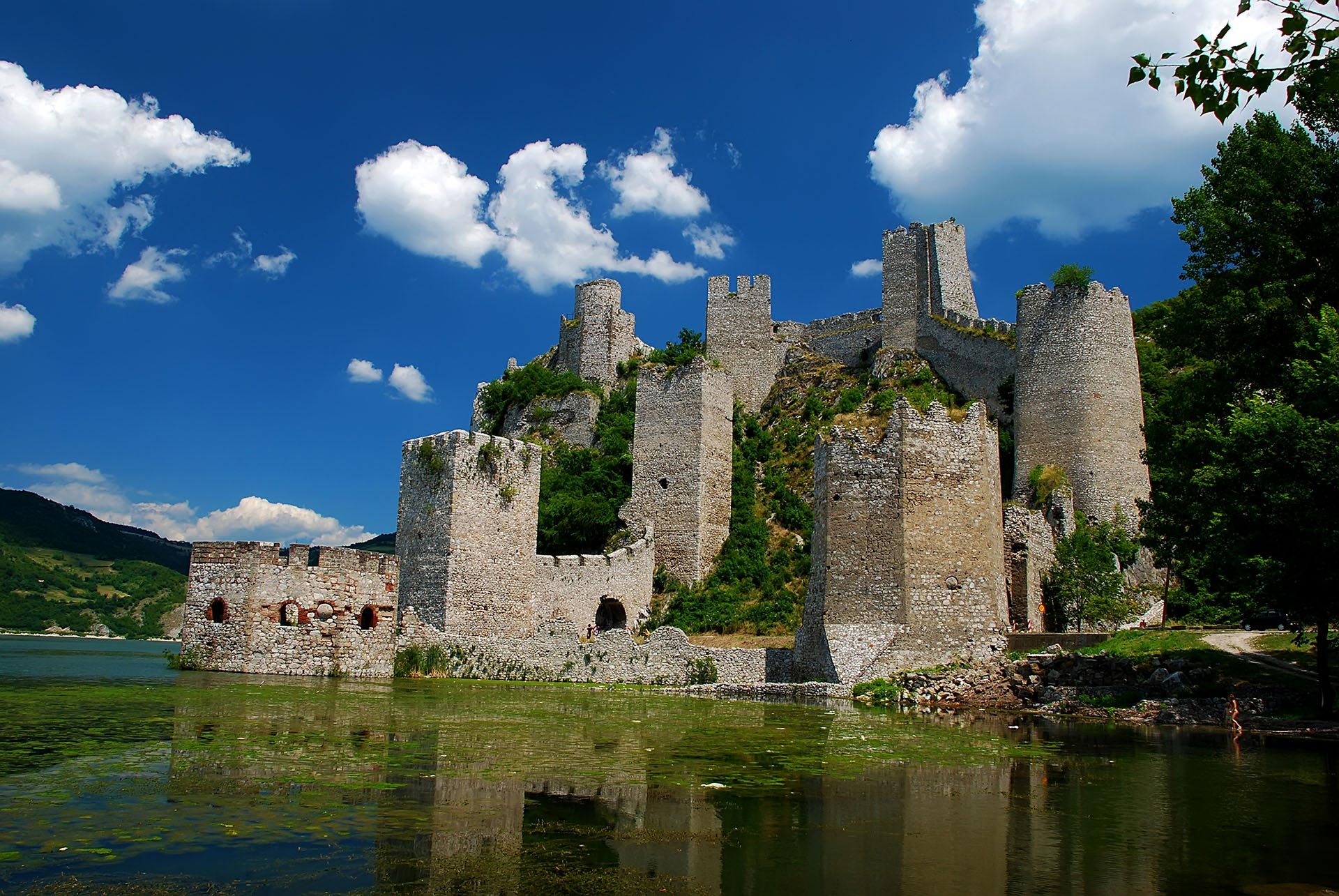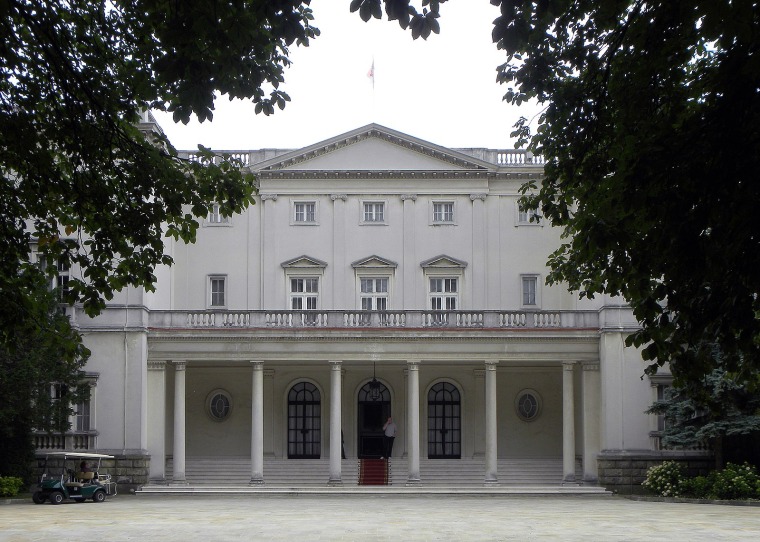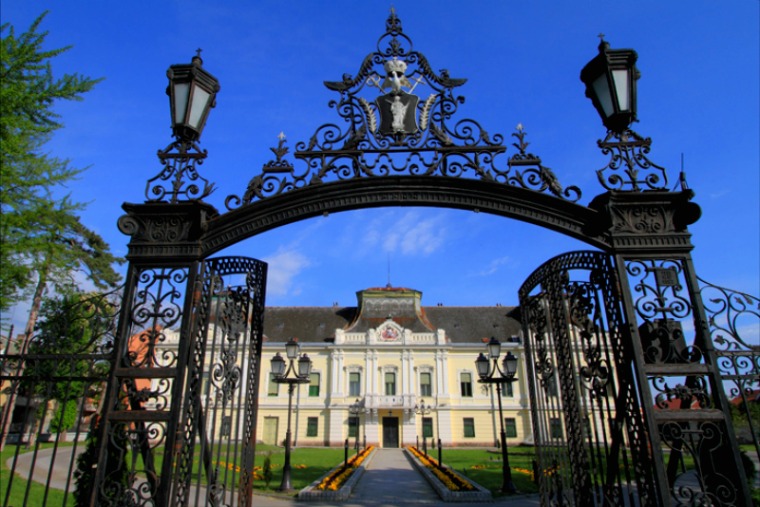The Belgrade fortress, built on a white ridge above the confluence of two big rivers, destroyed and rebuilt over and over for 16 centuries, still stands as the symbol of Serbia’s capital.
If you have already visited the capital of Serbia, then you know the city’s symbol, the monumental Belgrade fortress on the white ridge above the confluence of the Sava and the Danube, rising above the city and protecting it.
If you haven’t seen Belgrade yet, you simply must visit the capital of Serbia and tour Upper and Lower Town of the Belgrade fortress and stroll through the Kalemegdan park. In the shadow of high towers you will feel the spirit of history that is still alive in this place. The “Victor” monument – victor over time, oversees the rivers and guards the river banks.

The Belgrade fortress was built during a long period of time from the 2nd to the 18th century. Destroyed and rebuilt numerous times, the fortress has become the symbol of the city that keeps raising and growing.
To know the history of the Belgrade fortress means to know the history of our people and to understand the way of life in today modern Belgrade. Armies, people and conquerors have left their mark, hence the historical layers that were left by Romans, Serbs, Turks, Austro-Hungarians lying one beneath another.
The Romans had built the first fortification in the 2nd century and later it was home to the Roman legion IV Flaviae which protected the area. It suffered devastation by Goths, Huns, Avars and Slavs. Sometime during that tumultuous time, the ancient Singidunum was created. It was erected on the very same white ridge after which it was named “BEO-grad” (WHITE-city).
Today the Belgrade fortress comprises of Upper and Lower Town and the vast field in front the very fortress that Turks named “Kalemegdan”, joining the words “kale”, which means city, fortress and “megdan”, the Turkish word for field. The most beautiful and most spacious park in nation’s capital once used to be a field where battles were fought with enemies.

The beauty and significance of this place can be conceived only if you visit it. Beneath every footstep made in the Belgrade fortress lies more history than it can be found in history books. The so-called “Roman well” that was actually built in the early 18th century hides numerous stories. Most of the gates leading into the city are preserved, as well as the Sahat tower (eng. Clock tower) that still today looks like it looked the day it was built.
One of the rare preserved monuments of Islamic architecture in Belgrade is Damad Ali Pasha’s Turbeh in Lower Town. There are also Big Gunpowder Magazine and Hamam – Old Turkish Bath. Those who like the history of war shouldn’t miss the opportunity to visit the Military Museum in Lower Town and the Nebojša tower – the medieval canon tower that Turks transformed into a dungeon.
The view of the city from the rivers Danube and Sava is breathtaking. You will see the monumental “Victor” rising above the walls of the city, the symbol of Belgrade and victory over time. Bronze sculpture of a nude man holding a pigeon and a sword, the work of sculptor Ivan Meštrović, was set on occasion of the tenth anniversary of the Salonika Front breakthrough.
Belgrade fortress still stands defying the time and hiding numerous legends. It is inviting you to discover at least some of them and find out why the views from the Kalemegdan are truly everlasting.















